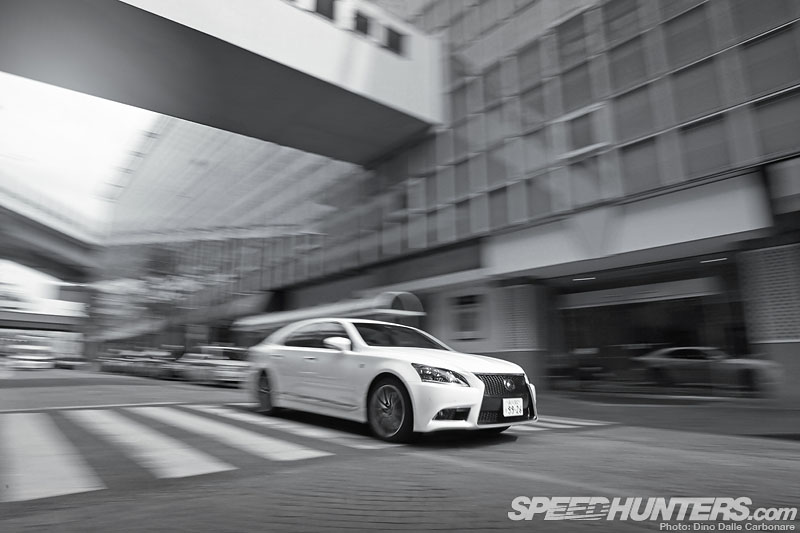
We are currently living through one of the most important shifts in the evolution of the motorcar. Whether we like it or not, hybrid technology – in all its interpretations – is being embraced by more and more manufacturers for use on a wider range of cars. Dare I say, even on proper sports cars. With the Ferrari LaFerrari, the McLaren P1 and the Porsche 918 serving as extreme examples of what can be achieved with electric motor integration, it’s hard not to be a little curious at how it will all develop over the next decade and beyond – because frankly, it seems we don’t have much choice in the matter!
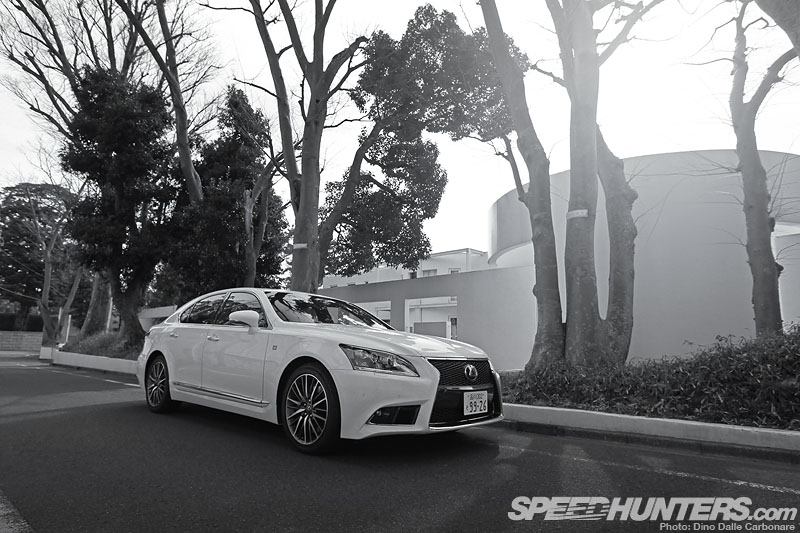
Lexus has been at the forefront of this sort of technology and with the company working hard over the last couple of years to sort of reinvent itself, making its cars more emotional to look at and especially to drive…
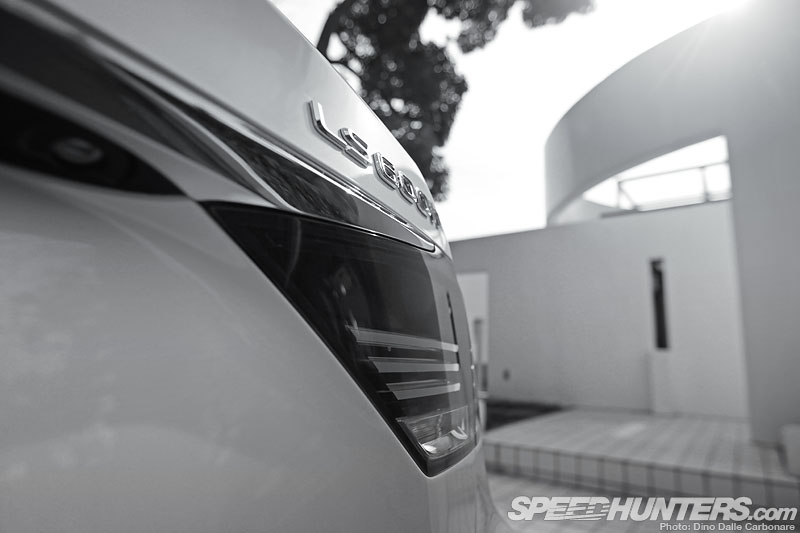
… so when the chance to get behind the wheel of the new LS600h popped up, I thought well heck, why not. Of course what made the decision a little easier to take was the fact that this LS…
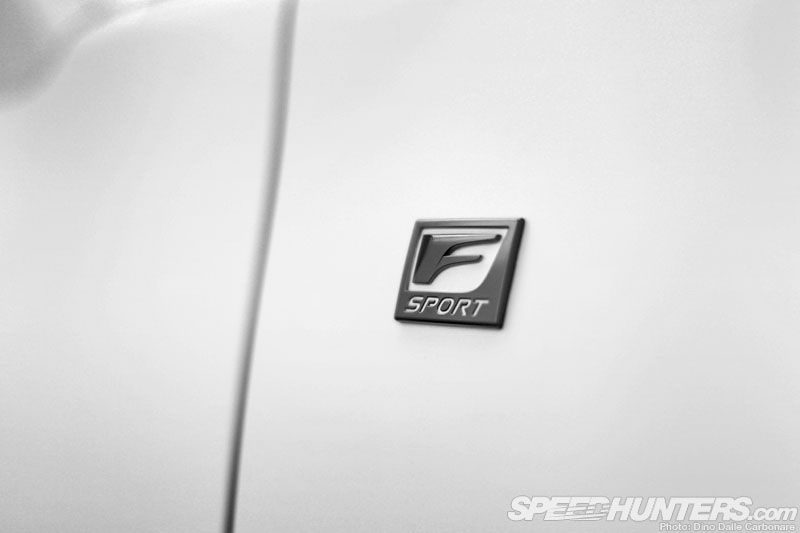
… wears a little badge on its fenders. The ‘F’ in F-Sport stands for Fuji, the track Lexus has used to develop more character into its cars and this package is now available on the all-new flagship too. It all makes for an impossibly interesting contradiction: a 2.3 ton, hybrid luxury sedan that thinks it’s a sports car? See where I’m getting with this? How on earth can you pass up the chance to sample a car that attempts to make such a bold statement, a statement expressed in a typically Lexus-like elegance…
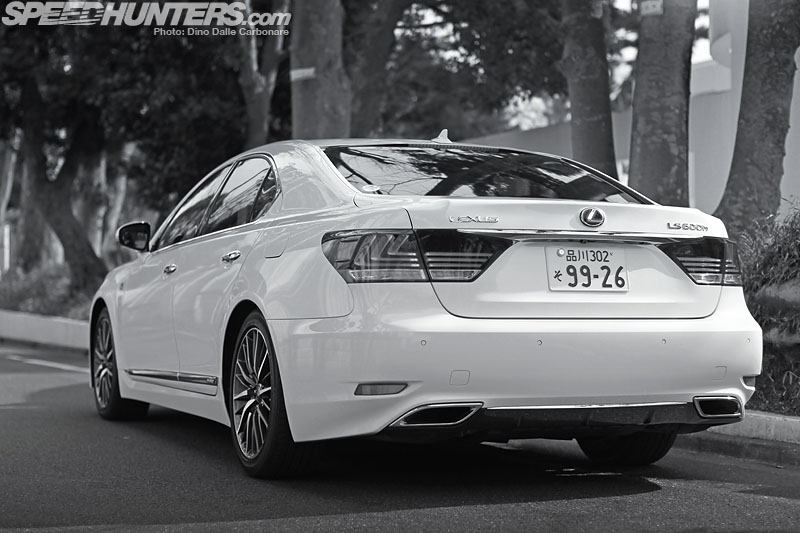
… and unmatched presentation. The LS represents the pinnacle of what Toyota’s luxury brand stands for and this comes across the moment you lay your eyes on its flowing exterior, from the impossibly tight panel gaps, the flawless paint…
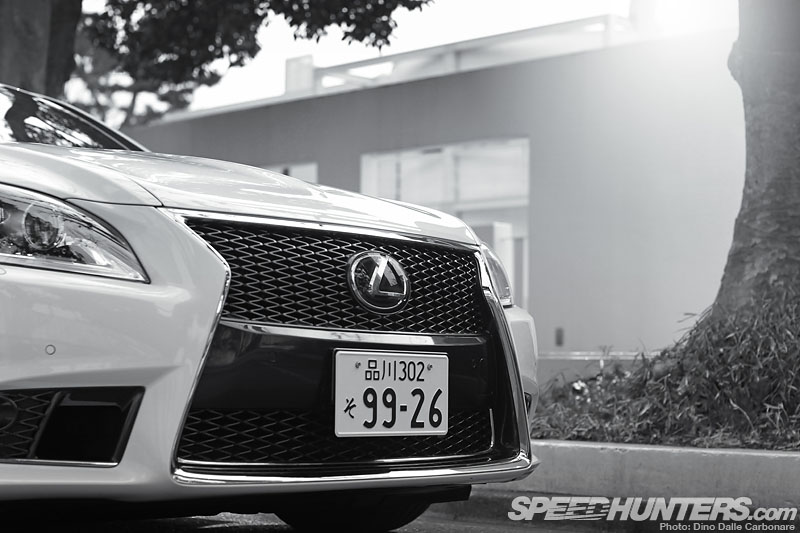
… and all those little touches that sets it aside from any other executive sedan on the market. Whether or not the spindle grille does it for you, its now complete integration into the whole Lexus line-up definitely helps give Lexus a recognizable presence on the road and it certainly makes the new LS pretty imposing.
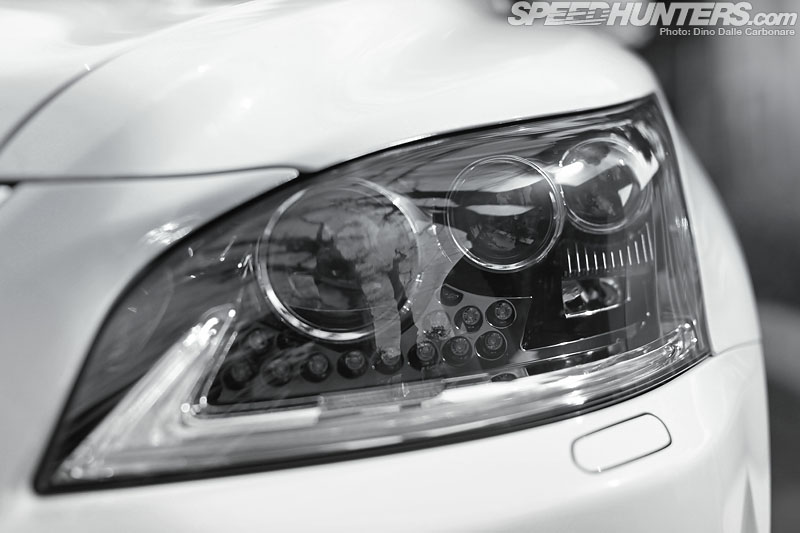
This car is packed with technology, things like the all-LED headlights that even have an automatic, anti-glare, high beam function that works surprisingly well.

I spent a rather interesting week with the LS, taking it on a long drive down to Suzuka…
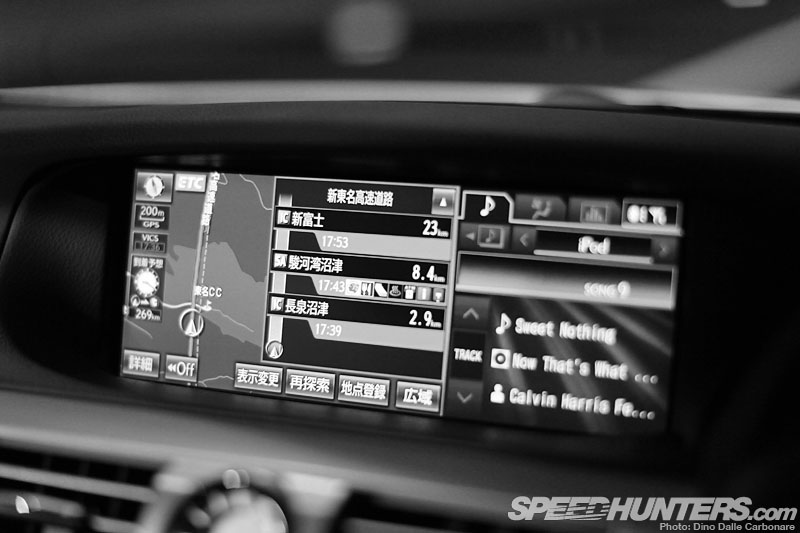
… and then on to Osaka and back again to Tokyo.

It was my chariot, using it as I would my daily driver, taking in lots of miles on the highway…
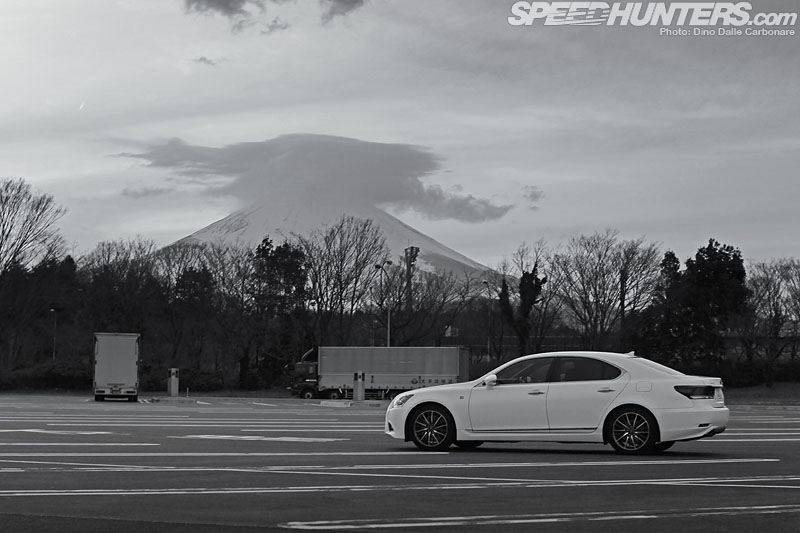
… as well as suffering through gridlocked roads in crowded cities. Driven like this the LS shines for its unparalleled refinement; it is an incredibly comfortable car and despite finding its home as a silent and effortless cruiser, it did hide a few surprises under that unsuspecting exterior.
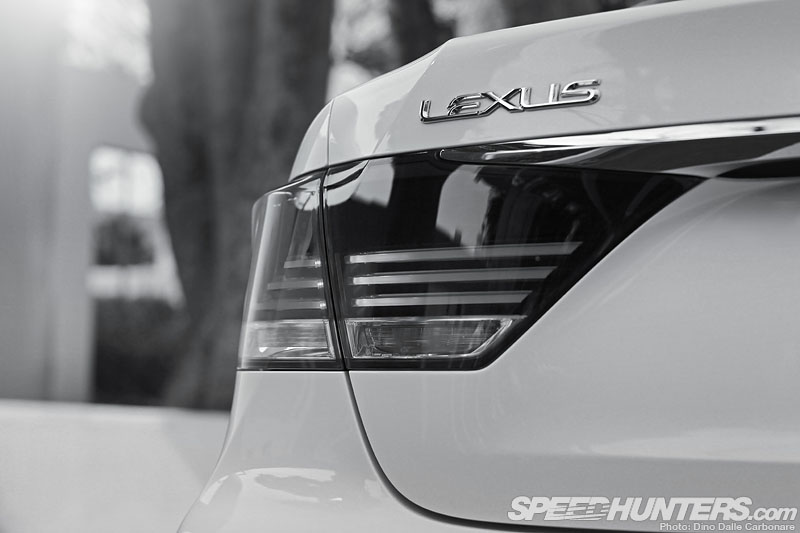
I find the rear tail lights one of the nicest design elements on the car, an instantly recognizable trait that distinguishes it from the pretty similar previous model.
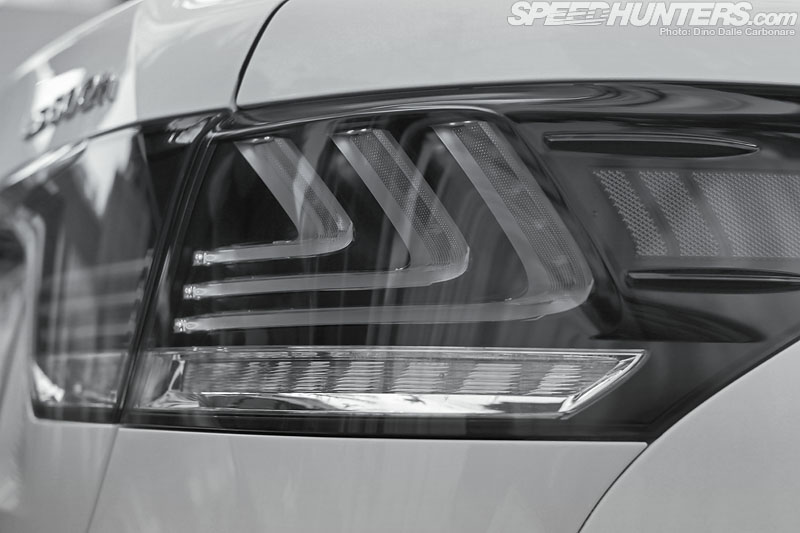
‘L’ is for Lexus.
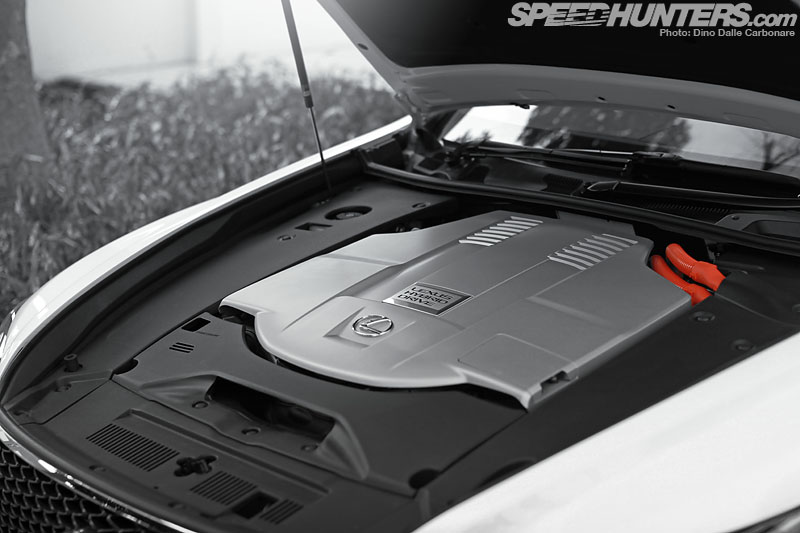
The mechanical side of the powertrain is made up of the 5L V8 2UR-FSE, able to deliver 394PS at 6,400 rpm and 520Nm at 4,000 rpm. It features regular and D-4S direct injection, electric inlet-cam control (VVT-iE) and regular oil-pressure controlled VVT-i on the exhaust side. Mated to it is a CVT transmission joined by a pair of motors. The first is there just to serve as a starter after the engine has cut off during EV mode or at idle, and a second motor is there to provide the drive and boost of power and torque when you really step on the gas pedal. The motor delivers 224 PS which Lexus claims gives a combined power of 444PS, but it’s the instant 300Nm of torque that serves as the most useful. The test car I had was even equipped with full time AWD, sending drive to the front wheels through a Torsen differential-equipped transfer box. Seriously, how much technology can you pack into a car!
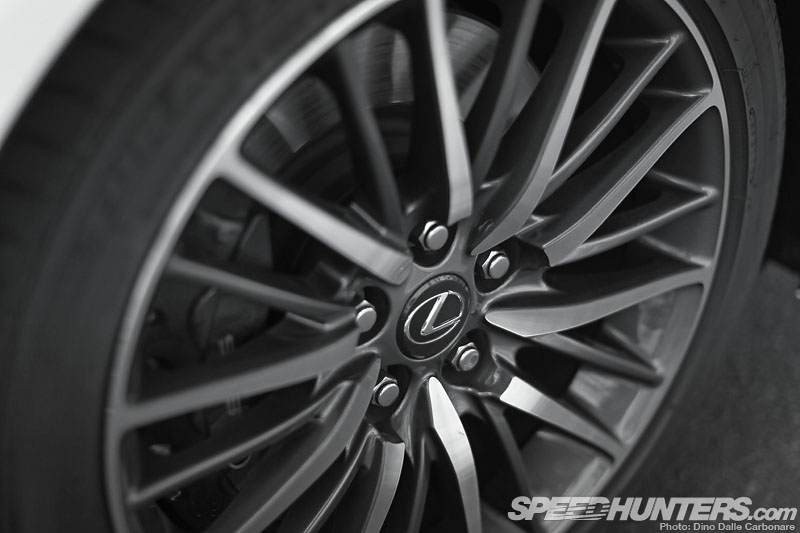
The F-sport model comes with 19-inch wheels shod in 245/45 Bridgestone Turanza tires all round. Hiding behind the multi-spoke design is a set of massive six-pot Brembo calipers, in charge of hauling the 2.3 ton of mass down from speed. The F-Sport’s air suspension rides 10 mm lower and is mated to front and rear active stabilizers which work brilliantly at keeping the big car flat through even the most challenging of corners. This feature alone made this LS a surprisingly fast-paced beast to throw around, and you can really feel the extra strengthening that has gone into this revised chassis.
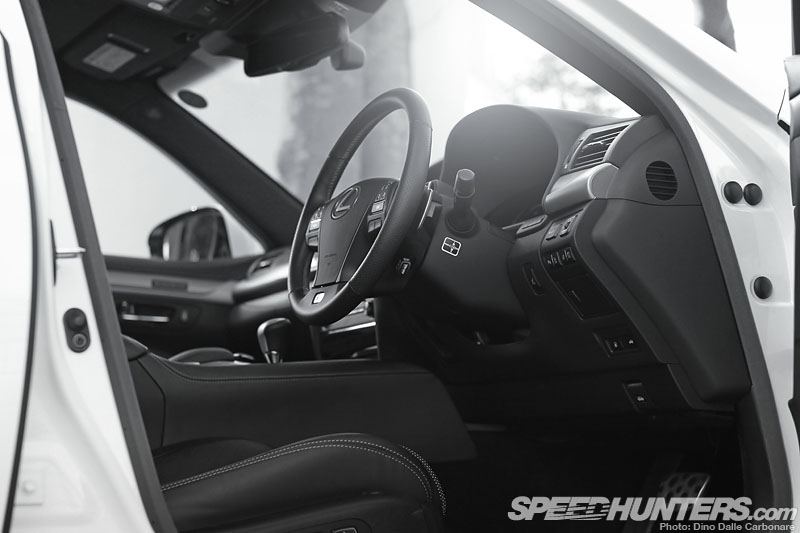
The interior, as you would expect, is a very nice place to be in…
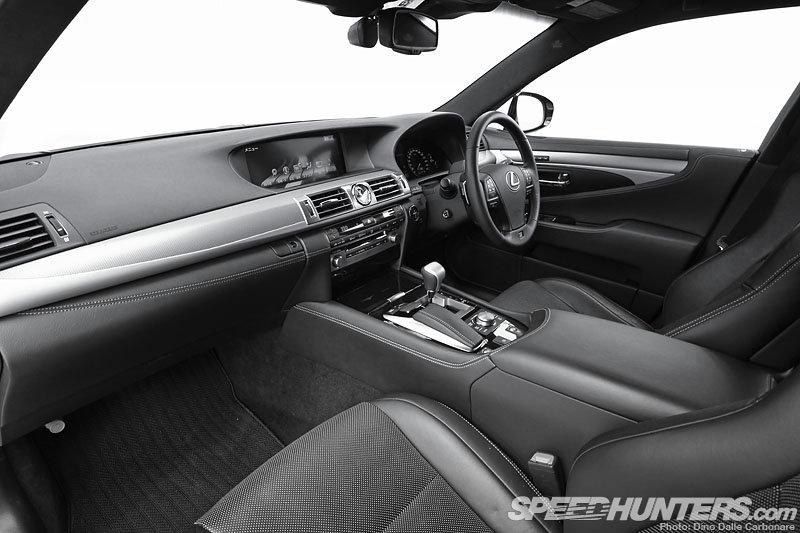
… with slightly more supportive seats…
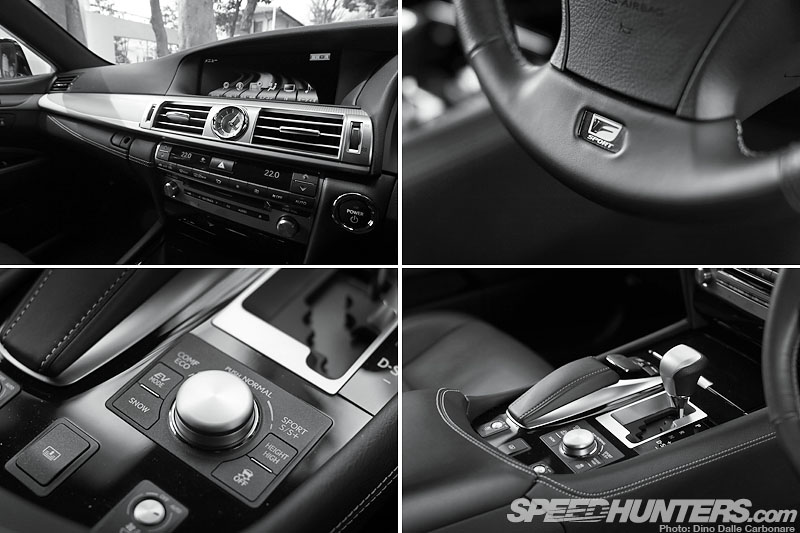
… and the addition of a thick-rimmed F-Sport steering wheel adding to the already feature-packed cabin. The Mark Levinson audio system is monumentally epic by the way.
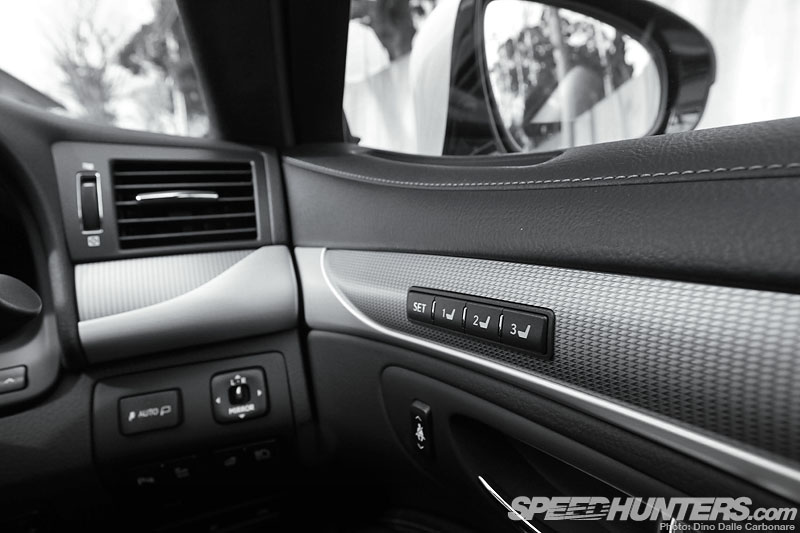
There is no boring wood trim thankfully; the door and dashboard inserts featuring some kind of textured wanna-be-metal finish. Now that Lexus has set the standards in carbon fiber production with the LFA though, it would have looked far more appropriate to have carbon trim instead.
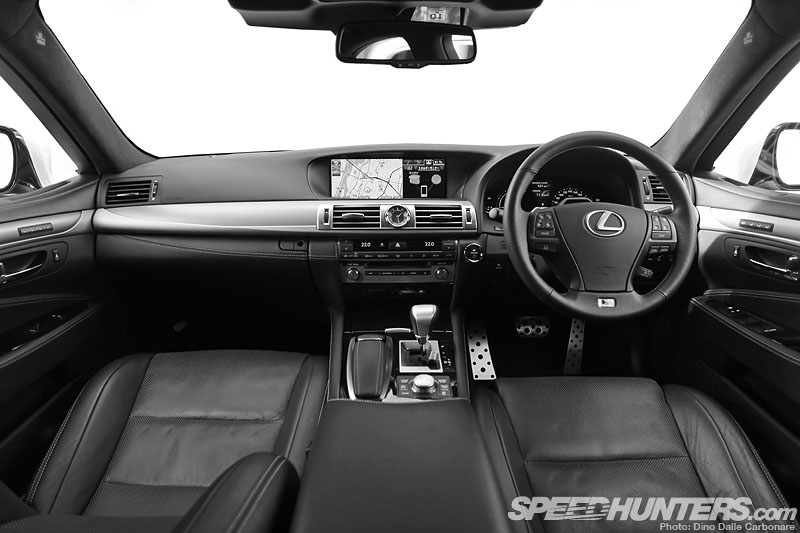
The big 12.3 LCD screen dominates the dashboard and along with audio and navigation interfaces also gives feedback…
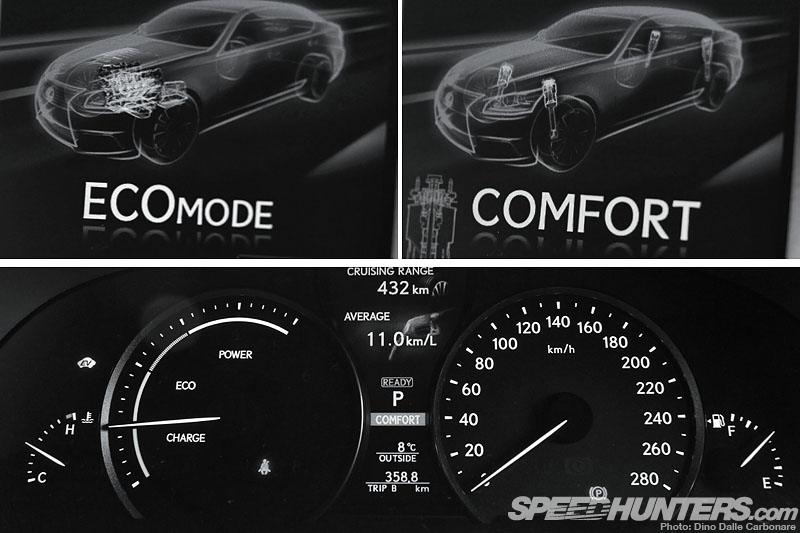
… to the various drive modes selectable through the transmission tunnel mounted knob. When in Eco and Comfort mode you are given a power meter telling you what the engine and motors are doing but select…
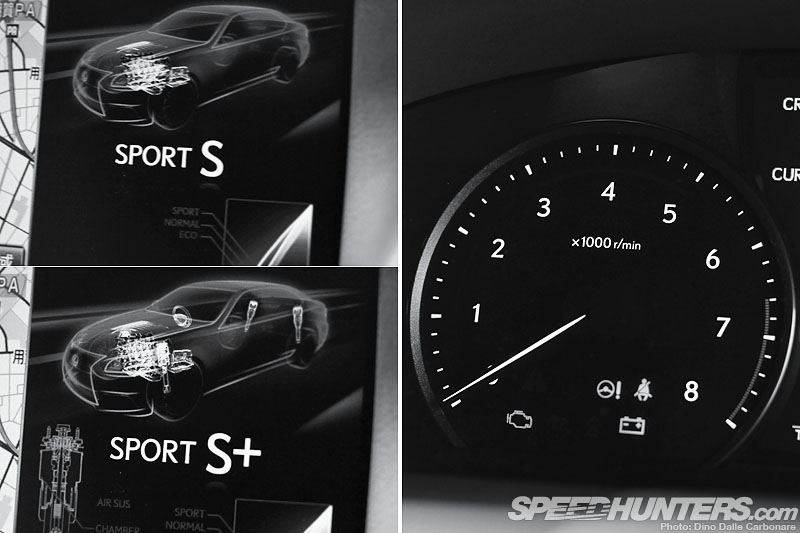
… the Sport S or Sport S + function, literally waking up the driveline, and a conventional tachometer appears. This is a cool feature to highlight the two sides of the LS F-Sport but at this level I would have expected to see a full screen as a main dashboard; I mean even the new IS gets the LFA-like sliding tacho.
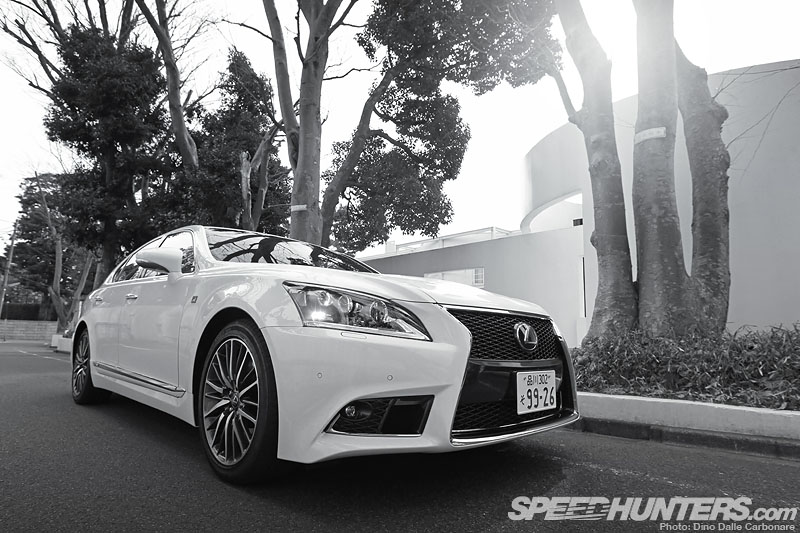
But it’s not the gadgets I was trying to assess, rather the F-Sport’s credibility as a driver’s hybrid. Does it pass or fail? That’s a tough one. The car is very competent at delivering wallops of torque when you need it: overtaking on the highway or shooting out of a corner really puts a grin on your face as a car this big and heavy has no right having that much pace. The handling too is impressive, but the driver is but a distant part of the equation. There’s a lack of directness through most of the controls, and that’s understandable because this is a luxury car pretending to be a sports car and my expectations weren’t high.
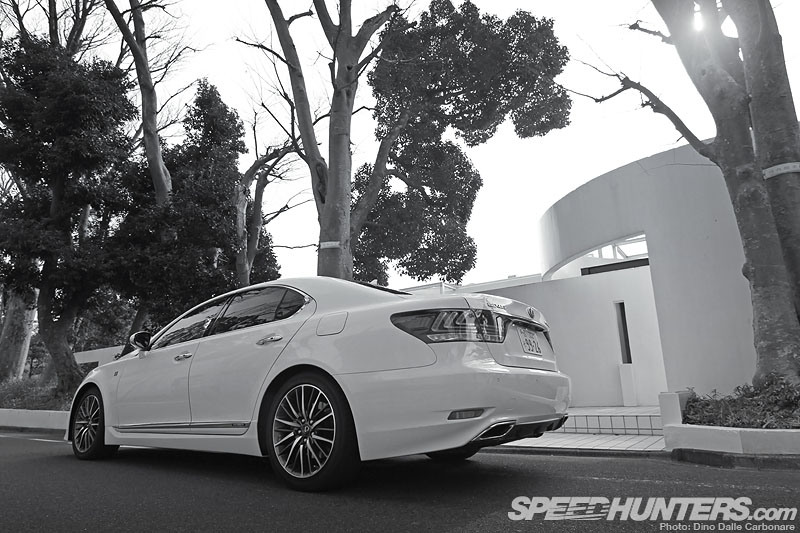
At the end of the day what the LS600h F-Sport made me realize is that there is definitely a use for hybrid systems. They do bring something to the table but the most important thing is the way their integration is handled: how manufactures manage to fuse the mechanical with the digital, how they bring it all together without diluting the most important thing of all – the man/machine interaction.
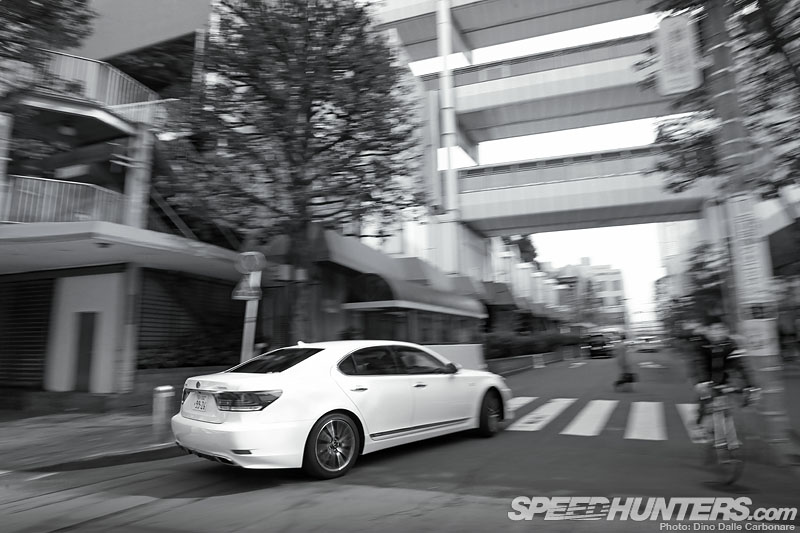
We are still at the beginning with these sort of systems, held back by battery technology and its still inherent weight drawbacks. It’s important manufacturers like Lexus continue to work at it and evolve it because as soon as a breakthrough is made in energy storage, the day when batteries won’t add a significant weight penalty, then they will be ready to really harness the full potential. For the time being, it’s hard not to pose the question, what would the same car feel like without 400 kg of batteries and motors, a sportier engine and a decent (non-CVT!!) transmission? I’d better drive the regular LS460 F-Sport to find out me thinks!
Dino Dalle Carbonare
Instagram: speedhunters_dino





